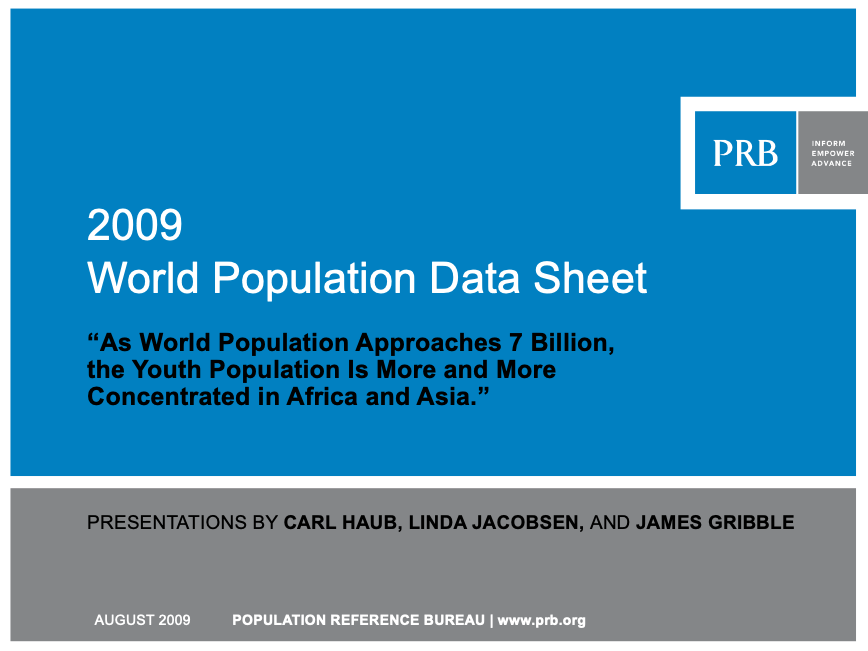Project: Center for Public Information on Population Research (CPIPR)
Climate Change and Pollution Affect How Communities Plan, Adapt, and Mitigate Risk
Environmental forces like wildfire, extreme heat, and pollution can have profound effects on our health, jobs, and decisions on where to live.



